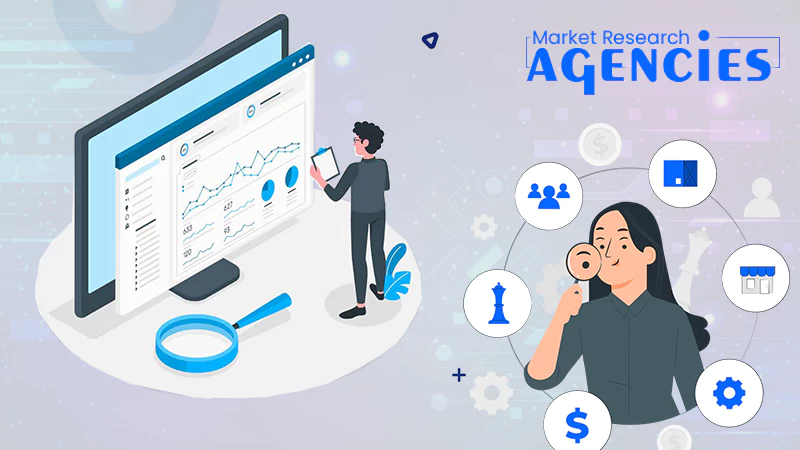What Are the Types of Enterprise Reports?
Running a company is difficult. To be successful, every business needs to evaluate the insights that their analytics tell them. This type of analysis is more complicated than it seems. It requires a variety of metrics, data processing, and comprehensive data analysis to formulate useful information for your company. In short, your company needs to utilize enterprise reports.
Read this also: How to Keep Your Business as Safe as Possible?
Enterprise Reports at a Glance
Performance management is essentially the job of every CEO, chairman, director, supervisor, and manager. This requires the evaluation of employees, software, products, services, etc. An effective and simple way to do this is through enterprise reporting, which is the creation and distribution of business analytic reports. These come from a particular data source, are defined by specific search criteria, and are often represented through visualizations such as graphs. The metrics from the library of reports are also categorized in several different ways. Let’s take a look at a few examples.
Dashboards
One of the new attributes of modern enterprise is the use of technology. Business analysts have upgraded the standard report to have new capabilities unique to the 21st century. Dashboards are the common way these are presented. Commonly found as interactive reports, dashboards are a system through which information can be observed through a variety of visualizations. If they contain a level of interactivity, users will be able to view and engage with the information to fit their specific needs. Though they don’t have to be interactive, they are often a reporting platform tailored to the end users’ needs.
Ad-Hoc
Another type of enterprise report is the one-off or ad-hoc report. A new report is generated every time with an ad-hoc query. These are generally used by the sales manager to understand a precise dataset. Unlike dashboards, global business decisions are rarely made from these key performance indicators. Rather, ad-hoc is ideal for specific business performance sectors that have a clear date range, a targeted criterion, and a unique query.
Performance Management
Another type of report centers around key performance indicators (KPIs). These would be performance management reports. An old response to evaluating individual employee performance would be to sit down with a universal checklist for the entire company and determine if your worker was filling in all of the boxes. A better decision for these evaluations comes from data discovery centered around specific areas of interest to increase productivity. These can act as a quick reference card for both the employee and employer to determine specific performance outcomes and analysis.
Aspects of Reporting Analytics
Some major factors go into this type of reporting. The three distinct types of analytics used would be descriptive, predictive, and diagnostic. For report prompts centered around descriptive analytics, reporters will look beyond the data for hidden insights about the history of your business. It takes these data points and turns them into visualizations, dataflows, and infographics. Department administrators looking at year-end statistics often use a descriptive evaluation. Diagnostic answers a different question to the descriptive approach to data. Diagnostic evaluates the “how” of information through data mining, data discovery, and correlation. This reporting often looks at trends to understand why specific highs or lows occurred. Finally, predictive analytics, well, predicts. By looking over the trends of the past, it will make educated guesses about the future. Though never 100 percent accurate, they tend to be relatively close unless catastrophic circumstances arise.
Though business intelligence is an ever-changing field, managers and companies can stay ahead of their competitors if they’re smart. This requires new response to the assessment and interpretation of all sectors of a business. The different types of enterprise reports can go a long way in helping a company achieve its objectives on both the micro and the macro scale.
Next, consider reading: What is the Future of Data Centres in the State Of Gujarat?
Follow Us
Latest Post















